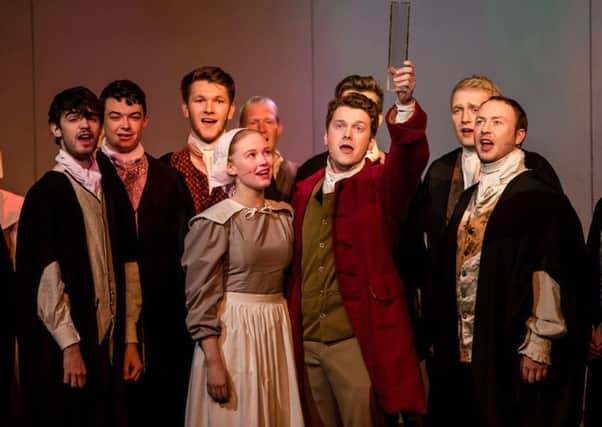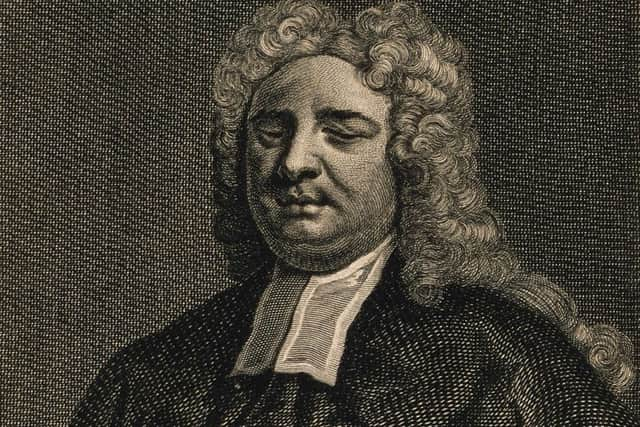‘Why Barnsley’s forgotten genius Nicholas Saunderson should be immortalised on new £50 note’


A taxman’s son from Thurlstone, near Penistone, who was struck blind by smallpox at the age of one, but who learned Latin and Greek and worked his way to Cambridge, he is the unlikely star of a new stage musical. He could also be the next face on the £50 note.
Saunderson was a friend and contemporary of Sir Isaac Newton, and the two held the same mathematics professorship at Cambridge. But whereas Newton’s portrait sat for 10 years on the old £1 note, Saunderson’s image has been confined to the science textbooks.
Advertisement
Hide AdAdvertisement
Hide Ad“He was an inspirational man world has forgotten,” said Max Reid, the Penistone businessman behind the campaign to resurrect his name.


“He was a determined so-and-so, who had to fight the establishment to achieve something great in his life, despite prejudice and his severe disability. That’s as relevant today as it was 350 years ago.”
In a career that paralleled that of Newton, Saunderson is said to have discovered a pivotal scientific principle, that the probability of an event can be determined from prior knowledge.
But his childhood adversity almost condemned him to the poorhouse, Mr Reid said.
Advertisement
Hide AdAdvertisement
Hide Ad“He would not have been given the same privileges as able-bodied children – a place at the local free grammar school. But he was adamant that he would not let his disability define him.
“In an era before Braille, local legend has it that he taught himself to read by running his fingers over the gravestones in the churchyard.”
Mr Reid and teacher Andy Platt collaborated on the musical No Horizon, based on Saunderson’s life. At the Edinburgh Fringe, the disc jockey Chris Evans described it as “Yorkshire’s Les Mis”, although its single subject makes it more closely match the current Broadway hit, Hamilton.
Next spring, with funding from the Arts Council and others, it will embark on a tour of the North, taking in York, Harrogate and Barnsley, the town closest to the young Saunderson’s home. The Barnsley Civic and Doncaster’s Cast Theatre have commissioned it.
Advertisement
Hide AdAdvertisement
Hide AdBut the prospect of Saunderson’s picture on a banknote would bring him “official” recognition, Mr Reid said. The Bank of England has placed his name on its “longlist” of contenders to be the face of the science-themed £50 note it will unveil later this year, following a public call for nominations and deliberation by a committee of scientists. A portrait of only one Northerner, the Newcastle-born railwayman George Stephenson, has previously been used on the nation’s currency.
Mr Reid said: “Imagine how many children out there haven’t followed their dreams because they’ve been told it’s impossible or because there hasn’t been a role model.
“Nicholas Saunderson can be that role model for generations to come, but only if we recognise his story and place him where all our society can see him.”
• Described as a gruff Yorkshireman, Nicholas Saunderson was taken on as a lecturer at Cambridge – where he overhauled much of the curriculum – despite having no formal qualifications. His students there included the son of the Horace Walpole, Prime Minister of the day.
Advertisement
Hide AdAdvertisement
Hide AdSaunderson was created a doctor of laws in 1728 by command of King George II.
Controversially an atheist, he nevertheless married a clergyman’s daughter, with whom he had two children. Their descendants are said to still live in Penistone.
He died of scurvy, aged 57, in 1739.